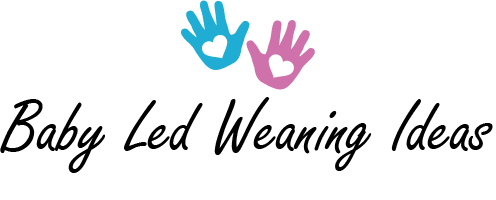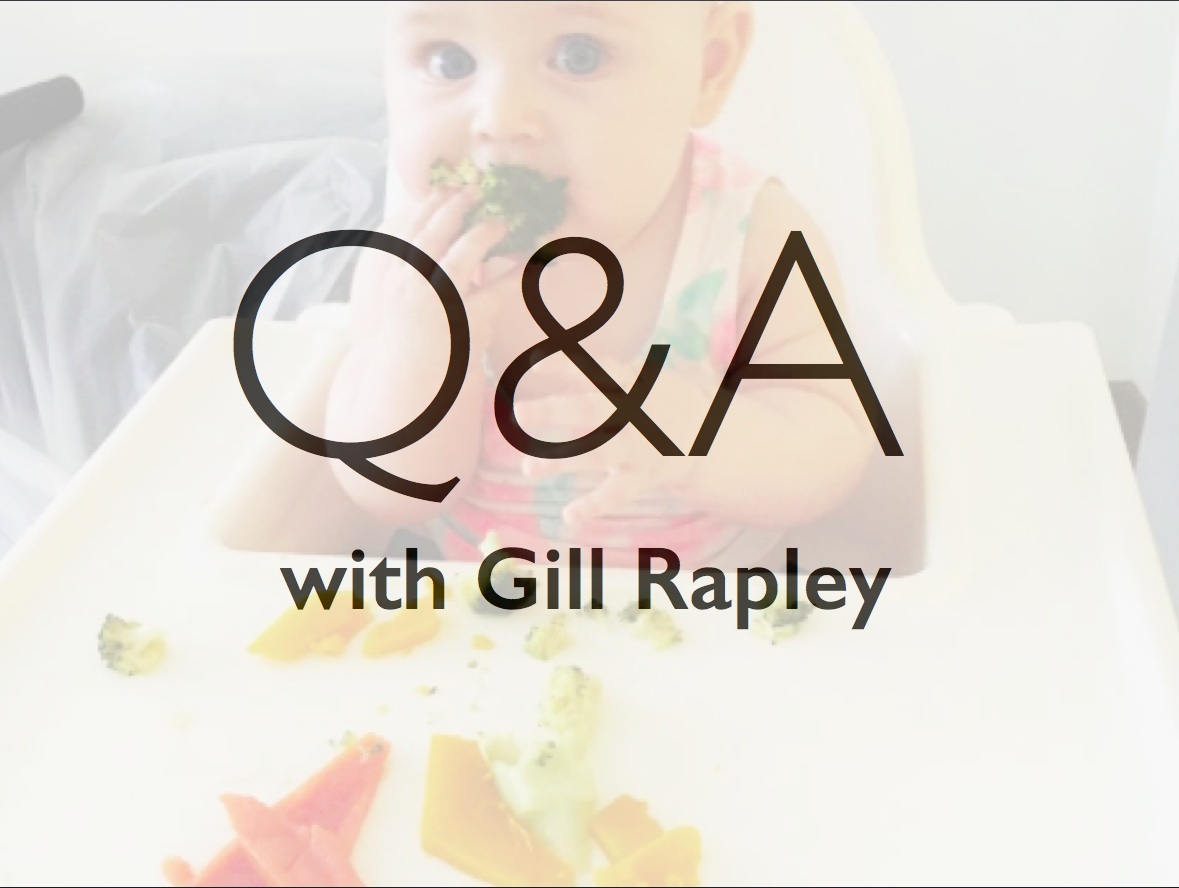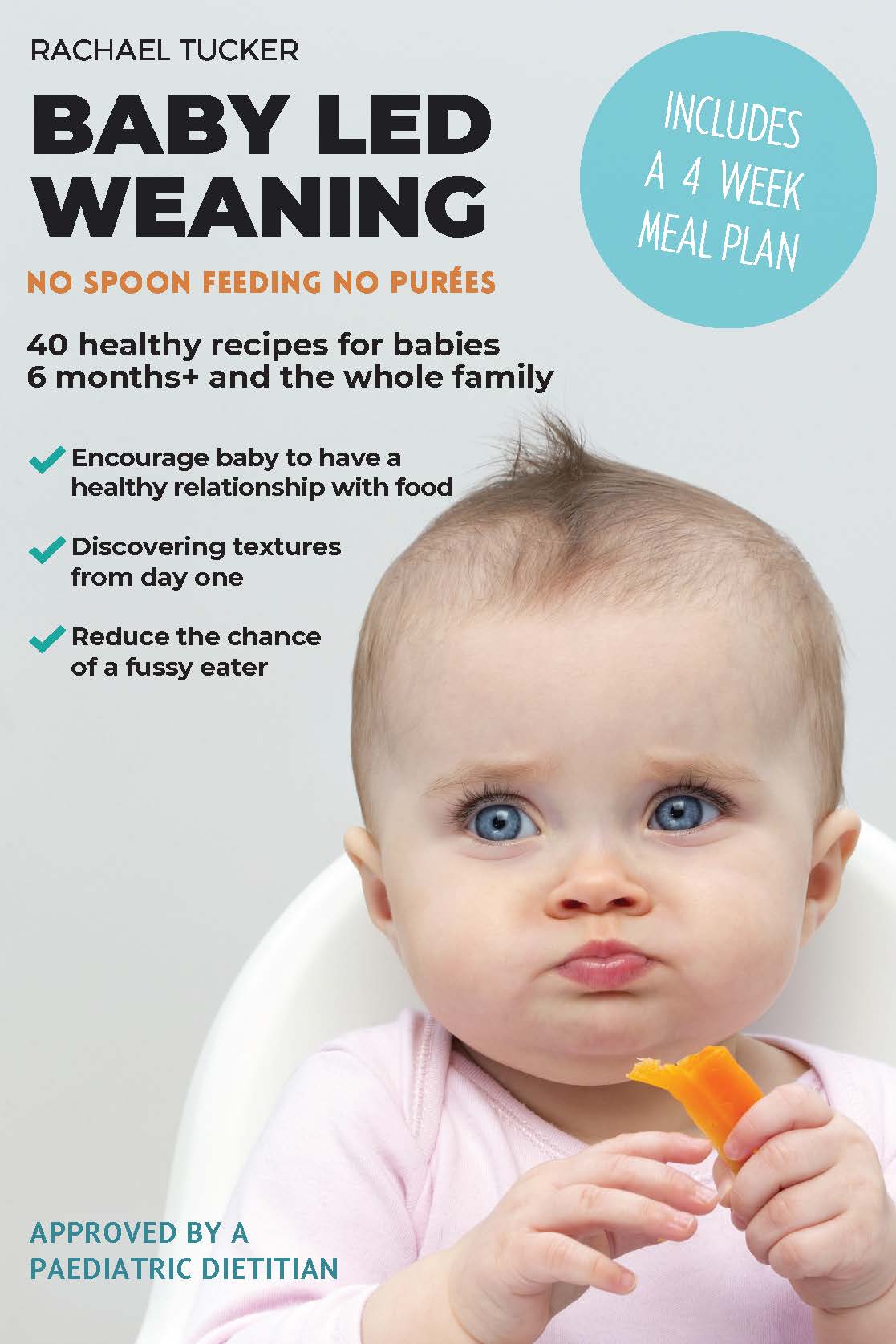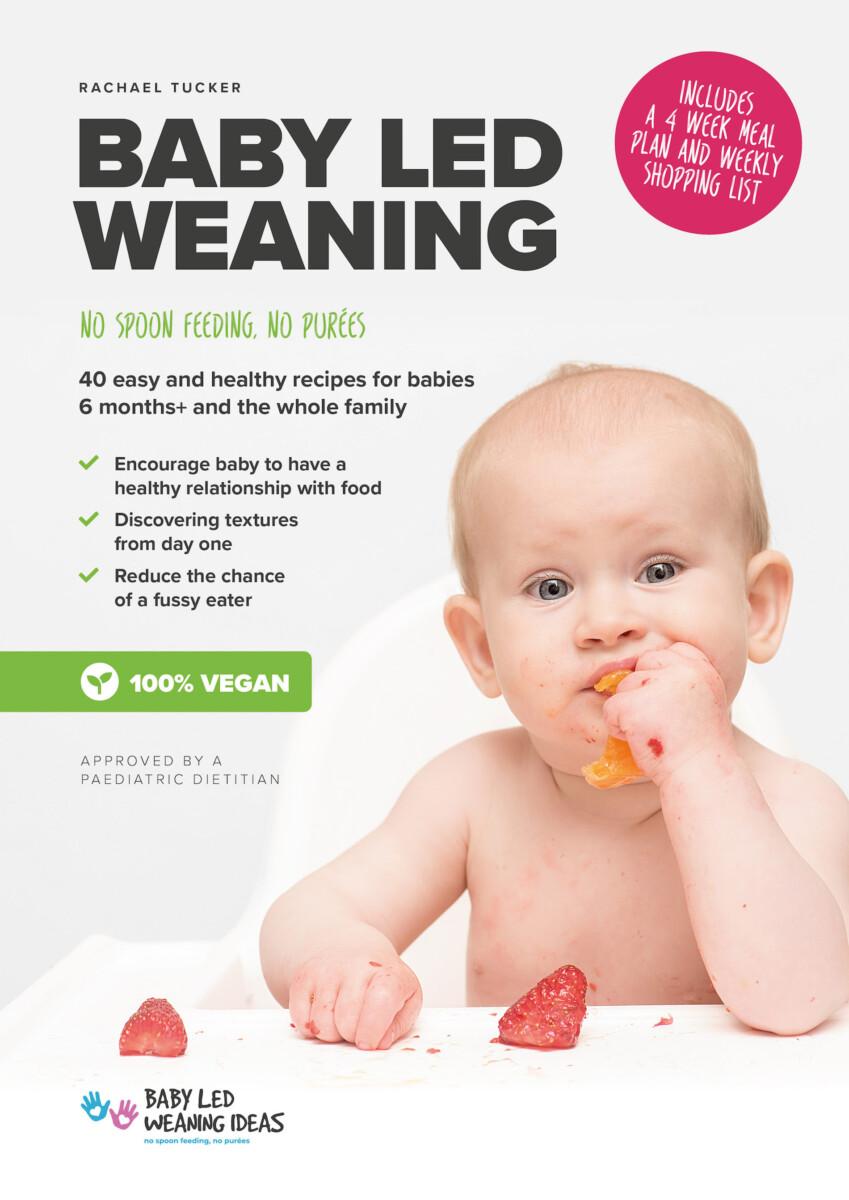BABY LED WEANING IDEAS HAD THE OPPORTUNITY TO Q & A WITH GILL RAPLEY
Dr Gill Rapley is the author of Baby-led Weaning, Helping Your Baby To Love Good Food. This term Baby-led weaning was attributed by Gill Rapley. Enjoy this Q&A below!
1. Can babies with “tongue ties” commence baby led weaning and finger foods when showing readiness signs at 6mo?
For some babies, the presence of a tongue tie appears to cause difficulty in moving food around their mouth. However, if they have managed to breast- or bottle feed effectively over the first six months the tie is unlikely to lead to real problems when they start solids. If it appears to be causing difficulty, it needs to be addressed, because even if purees are used at first there is a) no guarantee the baby will find these easy to manage (tongue movement is important in managing soft foods as well as chewable foods), and b) s/he is going to need to start on chewable foods pretty soon anyway.
2. Why are a lot of Paediatritions and Health Care Nurses still not trusting babies that want to self-feed i.e. full Baby Led Weaning? There is a huge stigma about BLW and it’s deterring a lot of parents to the only option of pureeing foods and baby cereals!
First, there are many nurses and paediatricians who are not convinced that it is appropriate to wait until six months to introduce solid foods, so it’s the age of introduction rather than BLW itself that concerns them. This is a separate discussion but the two issues often get confused. Second, it’s worth remembering that many paediatricians and dietitians are more familiar with the dietary needs of babies who have problems, not those who are well, so they are used to a high degree of control over what the baby should eat. This can be hard to relinquish. Some simply haven’t taken the time to learn what BLW is, and assume it’s a fad.
Parents themselves can do a lot to educate healthcare providers while we wait for more concrete research. When I’m in conversation with doctors, nurses, dietitians etc. I remind them that spoon feeding and purees may have become common practice but that they are in fact untested interventions, and that most of our knowledge about how chewing and swallowing skills develop has been gained through observing babies who have been spoon fed, not those who haven’t. On the plus side, like parents and grandparents, many professionals are won over when they see babies who are being BLW’d eating well and thriving. I am hearing more and more stories from parents whose health advisers think BLW is great!
3. Gill, what are your thoughts on ‘baby cereals?’ A lot of them out on the market say they are full of iron but there is hardly any iron in them and they are full of sugars, salts, nasty oils! And is fortified iron less absorbed by the human body?
According to Gabrielle Palmer (author of Complementary Feeding: Nutrition, Culture and Politics), the main reason cereal has become the go-to food for babies has nothing to do with its (limited) nutritional value and everything to do with the fact that it’s a cheap and plentiful staple food in most countries. Yes, cereals for babies are fortified with iron, but that is only because they are so low in iron naturally – to suggest them as a main first food without adding iron would put babies at risk of anaemia. I’m not sure about the bio-availability of the iron that’s added to cereal but the iron in formula milks is known to be absorbed very poorly. The ‘answer’ (see next questions) is not to choose an inadequate food and then doctor it to make it suitable but to choose a different food! Meat is full of iron, and is a great first food for babies of six months.
4. Does iron in breastmilk actually start to decline after 6mo? And why do Health Care Nurses and Paediatric suggest baby cereals always as the ‘answer’?! I’ve read about how the amazing the human body is at absorbing a lot more iron from breastmilk than fortified iron absorption.
The amount of iron in breastmilk is pretty constant throughout a mother’s lactation. It’s not very high – but it doesn’t need to be because, provided they are born with good stores of iron, babies don’t need to source much iron from their food in the first six months. From about six months these stores are beginning to dwindle, meaning that the need for dietary iron increases beyond the level that breastmilk alone can supply. Babies whose umbilical cord was cut early, or who were born prematurely, may be already running short of iron before this but most babies will be fine until at least six months. From then, all they need is access to an additional source of iron on top of a full intake of breastmilk. There is a risk that focusing on large amounts of fruit and vegetables at the beginning of weaning will not only fail to provide sufficient iron but also fill the baby up and decrease her/his appetite for breastmilk. A better option is to offer iron-rich foods – especially meat – while continuing to breastfeed whenever the baby wants.
5. In your study did you ever find out if teeth correlate to food intake? In your book you make reference to the fact babies don’t need teeth to chew all sorts of food (except raw carrot, apple)… what are your thoughts on this?
I didn’t specifically study any connection between tooth eruption and solid feeding but I have never found anything to suggest that babies who don’t get teeth until quite late (over a year, say) take any longer to get going with their actual food intake than those whose teeth appear earlier. What may change more or less rapidly is the range of textures they can cope with, so, for example, babies who are later getting teeth may not be able to manage raw veg (such as carrot sticks) until later. But they still seem to eat the same gradually increasing amounts of food.
It’s worth remembering that the first eight teeth to come through are the incisors. These are at the front of the mouth and are designed for biting off chunks of food – especially harder textures – but they are irrelevant when it comes to chewing, which still has to be done with the gums. Most babies don’t get their first premolars/molars/cheek teeth/chewing teeth until they are over a year – and they don’t get the second set (back teeth) until about two years, by which time they’re already eating (and chewing) most foods, even if they haven’t done BLW.
6. What are your thoughts on nitrates in foods? Some parents are avoiding foods that may have nitrates i.e. carrots, spinach dark greens… it’s such a shame! Surely nitrates only exist in country’s that have wells etc?
I don’t know a great deal about nitrates but it seems to me that the ones we need to avoid are those that are added artificially, not those that are a natural and normal component of the food. The two biggest problem areas are processed meats (to which nitrates are added to improve the food’s appearance, and which are not suitable first foods for babies anyway, owing to the presence of other additives and salt) and foods grown using artificial fertilisers. The best way to avoid both of these is to stick to unprocessed, organically grown foods as much as possible, to wash fruit, and to remove the skin of vegetables produced non-organically. It’s worth remembering that vitamin C reduces the conversion of nitrates to potentially harmful products, which means that most fruit and vegetables have a built-in safety factor. Also, the key to good nutrition is variety: provided the baby’s diet doesn’t consist solely of root vegetables, all will be well.
7. “Would you still do Baby Led Weaning if your little one had weight issues? My babies Dr and my Lactation Consultant are telling me to do pureed food instead so she gets more calories but I feel like BLW would be the best way to go for everything except her weight.”– question from a Mummy
While I am not in a position to offer advice about babies I have never met, and while I would not wish to undermine the health professionals involved in an individual baby’s care, I think the following points are worth bearing in mind:
There is no rationale for pushing solid foods at the expense of breastmilk (or, indeed, formula). No solid food comes close to the concentration of nutrients in breastmilk, so, spoonful for spoonful, breastmilk will always provide better nutrition (and more calories) than any other food. Seeking to replace breastmilk in a child’s diet risks them being less well nourished, not more. (This is the reason many societies give breastmilk to sick or elderly people who can’t manage large quantities of other foods.) All that human babies need, once they’re over six months, is access to small amounts of other foods – in addition to breastmilk – to make sure they’re getting enough of the smallest nutrients. Of these, iron – and therefore meat – is probably the most important but the amounts of actual food needed to provide this are very small.
The rush to replace breastmilk is a throwback from when we didn’t know much about the constituents of human milk, and when the formula replacements for breastmilk weren’t as good as they are today. It also dates from a time when we thought the bigger babies were, the better. We know differently now (and have done for many years), but some health care practitioners are unconvinced. In the light of what we now know about the value of breastmilk – both nutritional and protective – we can see that, rather than preventing them from eating other foods, breastmilk provides an important safety net for a child whose appetite for other foods is small. Put another way, if a child isn’t putting on much weight on a diet of breastmilk with other foods, the thing that makes least sense is to replace the breastmilk!
Many practitioners stress that they are advocating spoon feeding as a way to increase the baby’s intake of solid food in addition to their milk but this simply doesn’t work for breastfeeding. Breastfed babies are in charge of their milk intake – it’s impossible to persuade a them to continue feeding at the breast when they’ve taken all their body tells them they need. This means that, if their tummy is full of solids, they will take less breastmilk to compensate. So, like it or not, the solid food will replace breastmilk, not add to it, thereby reducing, not increasing, the baby’s overall nutrition (see previous paragraph). This approach can, however, be made to work with formula feeding because it’s possible to encourage the baby to go on drinking beyond the point where he would naturally stop (and encouraging him to routinely ignore signs of fullness – one possible reason why formula feeding is linked to obesity). Sadly, many health professionals are more familiar with formula feeding, and with the control it allows the person doing the feeding, than they are with breastfeeding, in which the baby is in control. Indeed, this aspect of control is why some health advisors are not keen on BLW.
It’s worth bearing in mind that weight is only one guide to a child’s health. We weigh babies primarily in order to pick up any illnesses that might otherwise have gone unnoticed (like digestive disorders, growth hormone deficiencies and heart defects). If no one is suggesting any reason for an individual baby’s weight that requires investigation then s/he’s probably meant to be the size s/he is! Indeed, if there weren’t some naturally small (and some naturally large) babies, the centile lines on the weight charts wouldn’t be where they are. Length and head circumference can often be better indicators of a child’s health and growth than weight: if both these are on target then it’s unlikely there’s anything wrong. If there ARE any suspicions that a baby’s gentle (‘slow’) weight gain may be due to an underlying illness, then those suspicions should be acted on – because whatever it is won’t go away just by forcing the baby to eat more.
8. Introducing cocoa or cocao to babies under 12mo? Would you recommend? I was reading an interesting article here about carob vs cocoa.
I don’t really have a position on this. My primary interest is in infant development and behaviour – in what eating is like for babies, and in what they learn about food, rather than in their nutrition per se. Clearly, the more nutritious what we offer babies is, the better, so in that sense perhaps carob is preferable. However, my main concern is the message we give our children about which foods are desirable, or to be expected at every meal, since these messages can last a lifetime.
If a parent chooses to make sweet foods using carob and then either offers those foods all the time, or talks about them as ‘treats’, the baby/child is likely to develop a particular liking for them. This may make them crave or seek out those flavours – or something similar (chocolate?) in later childhood/life. The opposite can also happen, where the parent effectively demonises chocolate, explaining that ‘in our family we don’t eat X [chocolate] because …’. This can result in the child feeling that they are missing out – and being even more keen to try the ‘forbidden’ food as soon as the opportunity arises!
For me, then, it’s not so much about ‘carob vs. chocolate’ but about how we introduce either of those foods (if at all) – specifically, whether we end up doing it in a way that distorts the child’s learned response to it, with possible consequences that are the opposite of what we were trying to achieve.
Thank you Gill! Your book ‘Baby-led Weaning, Helping Your Baby To Love Good Food’ by yourself and Tracey Murkett, is absolutely brilliant! You have given guidance, inspiration and motivation to many new nervous Mum & Dads out there starting their baby with Baby Led Weaning around 6mo. We can’t wait to see more Mums & Dads out there trusting the process of BLW and trusting their babies appetite and food control.
For any other questions that are not answered in Gill Rapley’s book (Baby Led Weaning) please email me at babyledweaningideas@gmail.com
If you are interested to read Gill Rapley’s biography, please click here.






